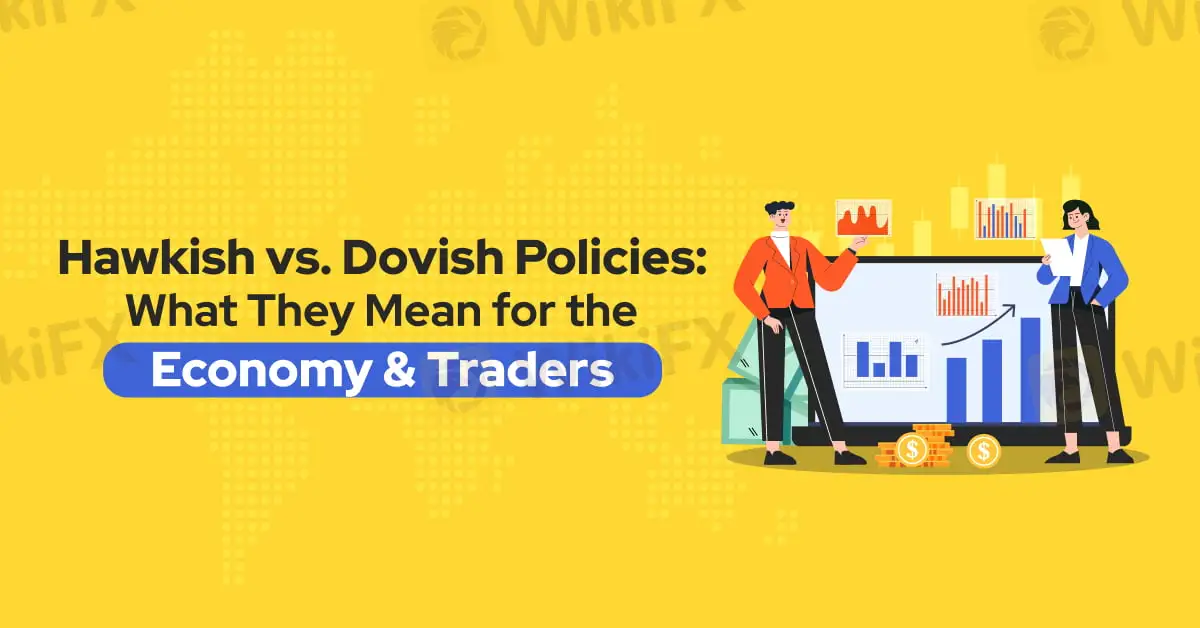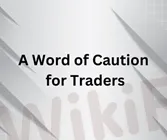简体中文
繁體中文
English
Pусский
日本語
ภาษาไทย
Tiếng Việt
Bahasa Indonesia
Español
हिन्दी
Filippiiniläinen
Français
Deutsch
Português
Türkçe
한국어
العربية
Hawkish vs. Dovish Policies: What They Mean for the Economy & Traders
Abstract:Two terms often emerge during central bank policy discussions: hawkish and dovish. These descriptors reflect the differing approaches central banks may take regarding monetary policy. Traders, especially in the forex market, pay close attention to these stances because of their significant impact on currency strength, inflation, interest rates, and overall market sentiment. But what do these terms mean, and are they inherently good or bad for a country's economy?

In economic and financial circles, two terms often emerge during central bank policy discussions: hawkish and dovish. These descriptors reflect the differing approaches central banks may take regarding monetary policy. Traders, especially in the forex market, pay close attention to these stances because of their significant impact on currency strength, inflation, interest rates, and overall market sentiment. But what do these terms mean, and are they inherently good or bad for a country's economy?

A hawkish stance signals that a central bank is focused on curbing inflation. Policymakers who adopt a hawkish approach tend to favour higher interest rates and reduced liquidity in the economy. By raising interest rates, a central bank aims to make borrowing more expensive, thus cooling consumer spending and business investment. This policy typically strengthens the national currency, as higher rates attract foreign investment and demand for the currency increases.
For traders, a hawkish announcement can signify that a currency is likely to gain value. For example, when the U.S. Federal Reserve hints at potential rate hikes, the dollar often strengthens. However, while currency appreciation may benefit forex traders, it can place added pressure on a countrys export sector, as higher currency values make exports more expensive for foreign buyers. Additionally, hawkish policies may also slow down economic growth as credit becomes more expensive for businesses and households alike.

Conversely, a dovish stance indicates a central bank's preference to stimulate economic growth, often at the risk of allowing inflation to rise. Dovish policymakers typically favour lower interest rates and increased liquidity in the economy. Lowering rates makes borrowing cheaper, encouraging businesses to expand and consumers to spend. This approach can lead to a weaker currency, as investors seek higher returns elsewhere, decreasing demand for the domestic currency.
For traders, a dovish policy suggests that a currency might weaken, which can lead to potential profit opportunities in short selling or trading currency pairs where the dovish currency is expected to decline. On a broader scale, a dovish policy aims to boost job creation and economic activity, but it can also risk overheating the economy, causing excessive inflation and devaluing purchasing power.

The impact of hawkish and dovish policies is complex and context-dependent. A hawkish policy can be beneficial in stabilizing runaway inflation, but if maintained too long, it risks stifling economic growth and increasing unemployment. Meanwhile, dovish policies can stimulate growth and reduce unemployment but may lead to inflationary pressures, impacting the cost of living.
Neither approach is universally “good” or “bad” for an economy; instead, it depends on the existing economic conditions and objectives of the central bank. In periods of high inflation, a hawkish stance may be necessary to protect purchasing power, even if it temporarily slows down growth. During economic downturns, a dovish stance may help stimulate demand, despite potential inflationary risks.

For traders, understanding the hawkish or dovish tendencies of a central bank is essential in making informed decisions. A central bank's stance can shift rapidly depending on economic data, global events, and political pressures. Relying solely on these stances without a holistic analysis can lead to rushed and uninformed trading decisions. Traders must remain cautious, analyse multiple factors, and avoid speculative moves based on central bank signals alone.
Ultimately, both hawkish and dovish policies serve distinct purposes within economic cycles. For traders, the key lies in remaining vigilant and patient, recognizing that well-timed, informed trades are more valuable than reacting impulsively to every policy shift.

Disclaimer:
The views in this article only represent the author's personal views, and do not constitute investment advice on this platform. This platform does not guarantee the accuracy, completeness and timeliness of the information in the article, and will not be liable for any loss caused by the use of or reliance on the information in the article.
Read more

Thinking of Investing? Read Must-Know Facts About Funding pips!
When you check the internet for Funding Pips, you'd be surprised to know it's filled with praise for Funding Pips but often lacks the real facts that traders need. Everything that seems too good to be true should always be verified first. It could be Fraud . So, we conducted research and collected several facts you must know about Funding Pips.

OctaFX Back in News: ED Attaches Assets Worth INR 134 Cr in Forex Scam Case
The Enforcement Directorate (ED) in Mumbai has attached assets worth around INR 131.45 crore. This included a luxury yacht and residential properties in Spain. Read this interesting story.

Truth About Angel One – Here’s What You Need to Know
Thinking about investing in Angel One? Wait! Know the essential things about the broker before Invest. It could be SCAM. Read, think, and invest .

Is forex trading profitable?
Many traders think that forex trading can make quick profits, but the truth is more complex. While some people do make money in the forex market, others fall prey to its many pitfalls because, in this industry, the scams and misleading promises are widespread.
WikiFX Broker
Latest News
He Thought He Earned RM4 Million, But It Was All a Scam
CryptoCurrency Regulations in India 2025 – Key Things You Should Know
OctaFX Back in News: ED Attaches Assets Worth INR 134 Cr in Forex Scam Case
Trump inaugural impersonators scammed donors out of crypto, feds say
Ethereum is powering Wall Street's future. The crypto scene at Cannes shows how far it's come
Forex Hedging: Is It a Trader’s Safety Net or Just an Illusion?
US debt is now $37trn – should we be worried?
OPEC+ members agree larger-than-expected oil production hike in August
Dukascopy Ends EOS/USD Trading Amid Liquidity Issues
FIBO Group MT5 Cent Account with Ultra-Leverage up to 1:5000 for Beginners
Currency Calculator


